
White Mountain National Forest is actually located primarily in the state of New Hampshire, not Maine. It covers a large portion of the White Mountains region in New Hampshire, with some parts extending into western Maine. The forest spans approximately 800,000 acres and offers various recreational opportunities such as hiking, camping, skiing, and scenic driving.


White Mountain National Forest was established in 1918. It was one of the first national forests to be established in the eastern United States.
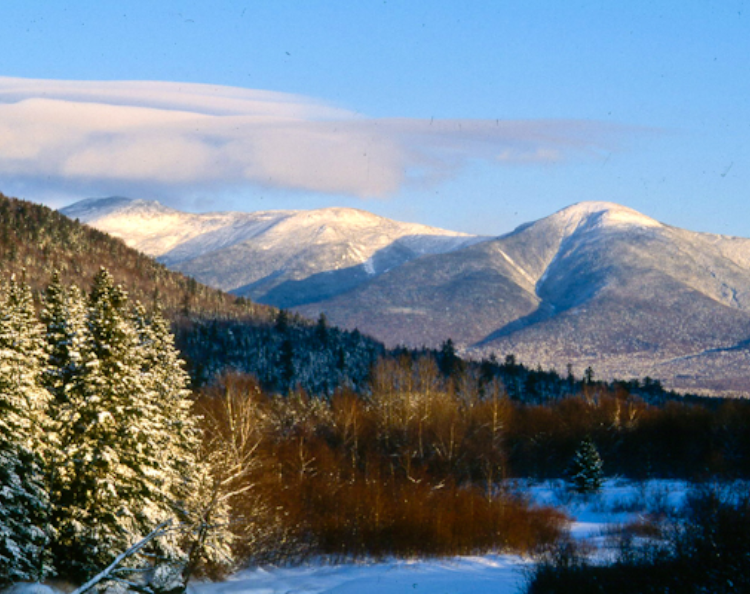
White Mountain National Forest was established by the U.S. federal government through legislation. It wasn't "invented" by a single individual, but rather created through the efforts of conservationists, politicians, and concerned citizens who advocated for the protection of the White Mountains region. The establishment of the national forest was a result of the Weeks Act, which was passed by the U.S. Congress in 1911 and allowed for the federal government to purchase private land to create national forests in the eastern United States.
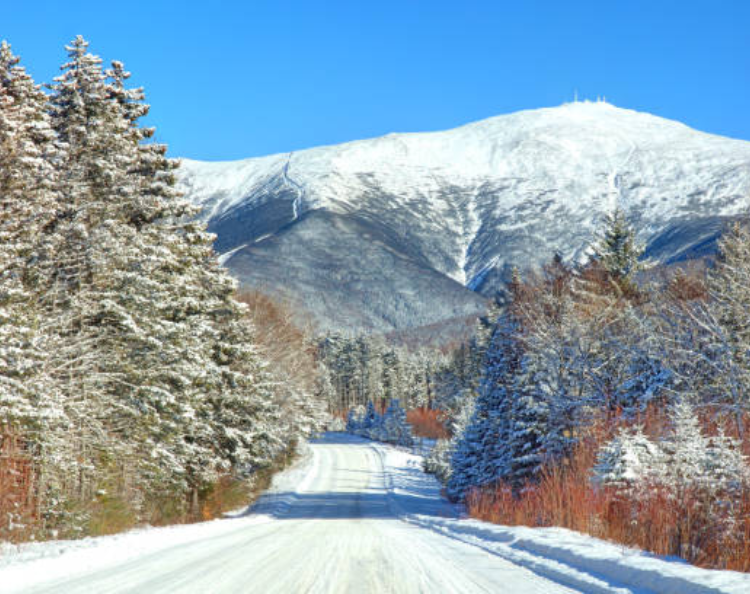
White Mountain National Forest is named after the White Mountains region, which is a prominent feature within the forest boundaries. The White Mountains are a mountain range covering a significant portion of New Hampshire and extending into western Maine. The name "White Mountains" is thought to originate from the appearance of the mountains when viewed from a distance, particularly in winter when snow covers their peaks, giving them a white appearance.
As for why it's called White Mountain National Forest "partially in Maine," it's because while the majority of the forest is located in New Hampshire, some parts extend into the western region of Maine due to the geographical proximity of the White Mountains to the Maine border. Therefore, while the core area of the forest is in New Hampshire, there are some areas that spill over into Maine.
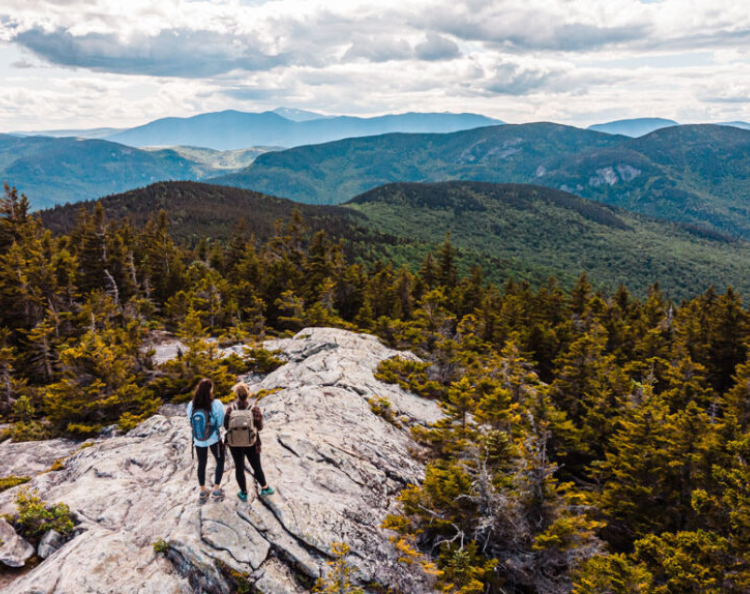



White Mountain National Forest is a paradise for hiking enthusiasts for several reasons:
1. **Diverse Trails:** The forest offers a wide variety of hiking trails, ranging from easy strolls to challenging treks, catering to hikers of all skill levels.
2. **Scenic Beauty:** Hikers are rewarded with breathtaking views of rugged mountains, lush forests, pristine lakes, and cascading waterfalls throughout the forest.
3. **Iconic Peaks:** The White Mountains are home to several iconic peaks, including Mount Washington, the highest peak in the northeastern United States. Summiting these peaks provides a sense of achievement and stunning panoramic views.
4. **Trail Accessibility:** There are numerous trailheads and access points scattered throughout the forest, making it easy for hikers to find trails that suit their preferences and abilities.
5. **Trail Maintenance:** The trails in White Mountain National Forest are well-maintained by forest rangers and volunteers, ensuring safe and enjoyable hiking experiences.
6. **Seasonal Attractions:** Hiking in the White Mountains offers different experiences throughout the year. In the summer, hikers can enjoy lush greenery and warm weather, while autumn brings vibrant foliage colors. Winter opens up opportunities for snowshoeing and skiing adventures.
7. **Wildlife Viewing:** Hiking in the forest provides opportunities to spot various wildlife species, including moose, deer, black bears, and a variety of bird species.
Overall, White Mountain National Forest's combination of stunning natural beauty, diverse trails, and accessibility makes it a top destination for hiking lovers.
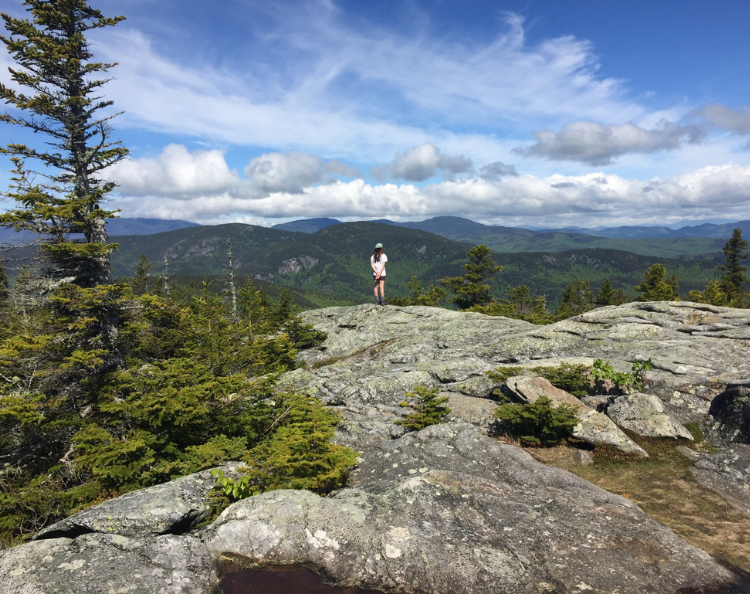

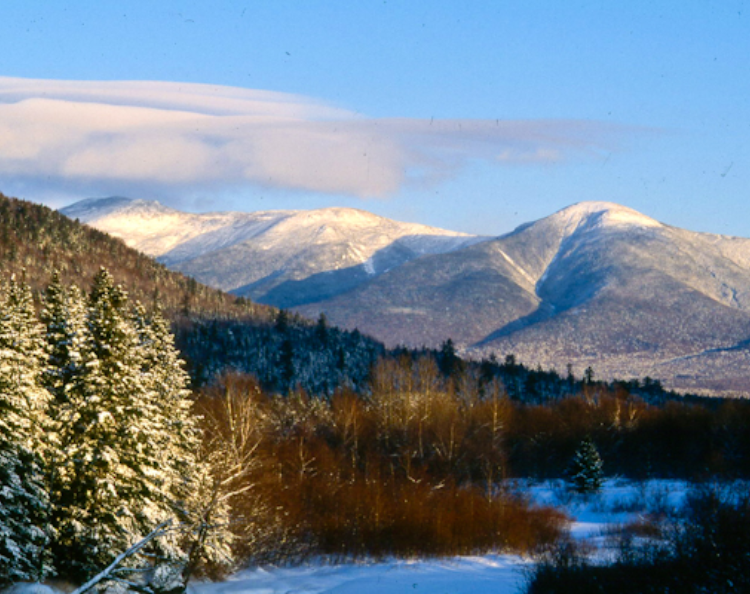
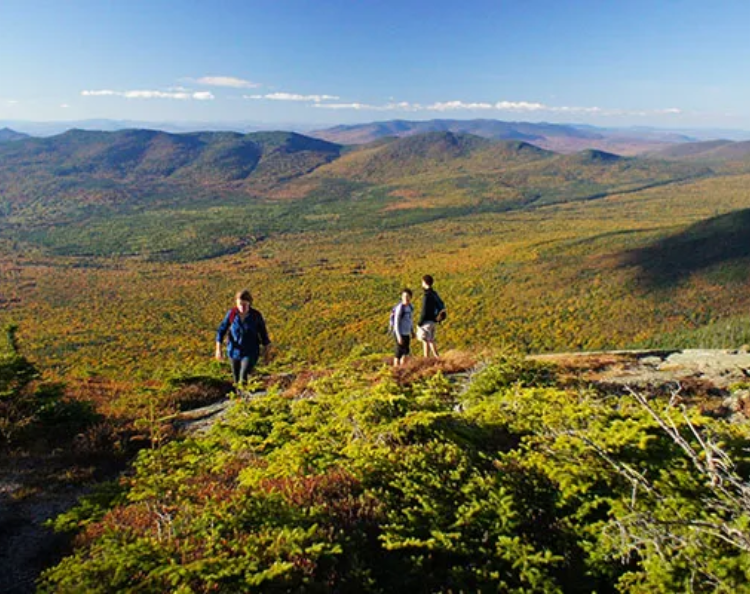

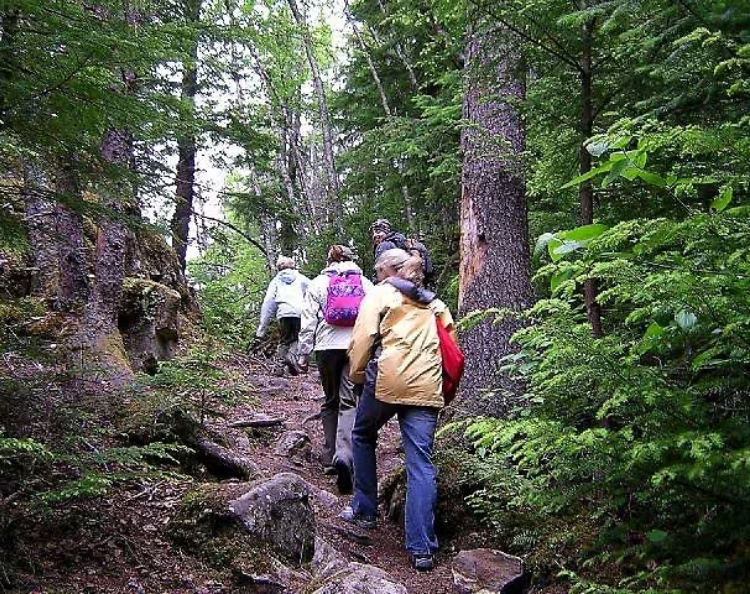
Yes, White Mountain National Forest, including the portions that extend into Maine, offers hiking opportunities year-round. Each season brings its own unique experiences and challenges for hikers:
1. **Spring:** Spring brings the awakening of nature, with blooming wildflowers, rushing waterfalls from melting snow, and vibrant greenery. Trails may be muddy in some areas due to snowmelt and spring rains, but it's generally a beautiful time to explore the forest.
2. **Summer:** Summer is a popular time for hiking in White Mountain National Forest. The weather is generally warm, and the trails are typically dry and accessible. Hikers can enjoy long daylight hours and a lush, green landscape.
3. **Fall:** Fall is perhaps one of the most popular times to hike in the White Mountains. The foliage transforms into a brilliant display of reds, oranges, and yellows, attracting visitors from near and far. Cooler temperatures make for comfortable hiking conditions, and the views are simply spectacular.
4. **Winter:** Winter transforms the forest into a snowy wonderland. While some trails may be inaccessible due to deep snow, there are opportunities for snowshoeing, cross-country skiing, and even winter hiking with appropriate gear. Trails may require extra caution due to icy conditions, but the serene beauty of the snow-covered landscape is worth it for many.
It's important for hikers to be prepared for the specific conditions of each season, including changes in weather, trail conditions, and daylight hours. Additionally, some trails may have seasonal closures or restrictions, so it's always a good idea to check with the forest service or visitor center for up-to-date information before planning a hike.